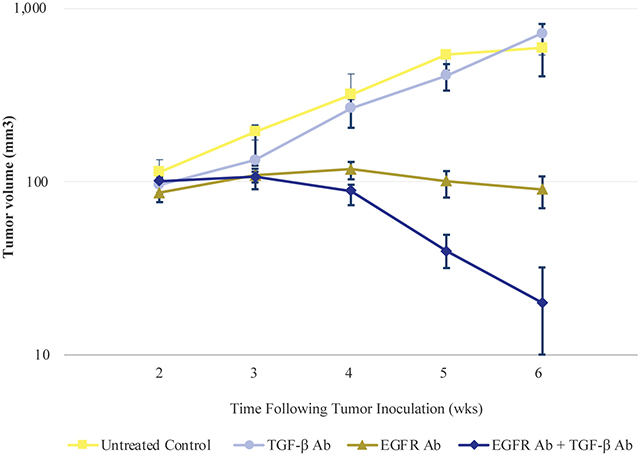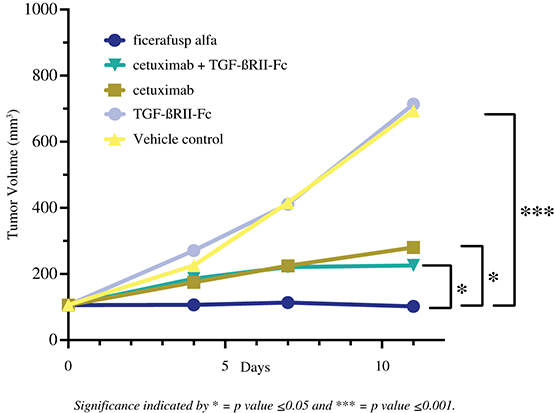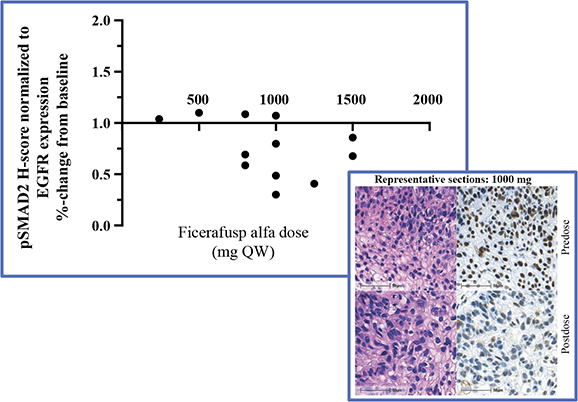Narrative to the 2023 Summary Compensation Table
2023 Base Salaries
Our NEOs each receive a base salary to compensate them for services rendered to us. The base salary payable to each NEO is intended to provide a fixed component of compensation reflecting the executive’s skill set, experience, role, and responsibilities. Base salaries are reviewed annually, typically in connection with our annual performance review process, approved by our board of directors or the compensation committee of our board of directors, or the compensation committee, and may be adjusted from time to time to realign salaries with market levels after taking into account individual responsibilities, performance, and experience.
For the fiscal year ended December 31, 2023, the annual base salaries for Dr. Mazumdar, Dr. Cohlhepp, and Mr. Hyep were $450,000, $450,000, and $350,000, respectively. Effective as of January 1, 2024, the annual base salaries for Dr. Mazumdar, Dr. Cohlhepp, and Mr. Hyep were increased to $500,000, $500,000, and $425,000, respectively, reflecting merit-based increases.
2023 Cash Incentive Compensation
For the fiscal year ended December 31, 2023, each of our NEOs was eligible to earn an annual bonus based on the Company’s achievement of certain non-formulaic performance objectives, as determined by our board of directors. The target annual bonus for 2023 for Dr. Mazumdar, Dr. Cohlhepp, and Mr. Hyep were 40%, 40%, and 35%, respectively, of the NEO’s applicable annual base salary. The annual bonus earned by each NEO with respect to the fiscal year ended December 31, 2023 was $180,000 for each of Dr. Mazumdar and Dr. Cohlhepp and $122,500 for Mr. Hyep. Effective as of January 1, 2024, the target annual bonus for each of Dr. Mazumdar, Dr. Cohlhepp, and Mr. Hyep was increased to 45%, 45% and 40%, respectively, of the NEO’s annual base salary, reflecting merit-based increases.
On September 26, 2021, we entered into a retention bonus letter agreement with Mr. Hyep, or the Hyep Retention Letter, that provides for a retention bonus in the aggregate amount of $500,000, payable in four equal installments on each of June 1, 2022, 2023, 2024, and 2025, subject to Mr. Hyep’s continued service with us through the applicable payment date. The $125,000 retention bonus earned by Mr. Hyep during the fiscal year ended December 31, 2023 is reported under the “Bonus” column in the “2023 Summary Compensation Table” above. In the event that Mr. Hyep’s employment terminates prior to June 1, 2025 for any reason other than a termination by the Company without “cause” (as defined in Mr. Hyep’s Amended Employment Agreement (as defined below)) or a termination by Mr. Hyep for “good reason”, Mr. Hyep is obligated to repay to the Company the final $125,000 installment of the retention bonus.
In addition, during the fiscal year ended December 31, 2023, Dr. Cohlhepp received two referral bonuses in an aggregate amount equal to $10,000, as reported under the “Bonus” column in the “2023 Summary Compensation Table” above. Under the Company’s referral bonus program, employees are eligible to receive a referral bonus in the amount of $5,000 for each new hire referred to the Company, which amount is payable on the six-month anniversary of the referred employee’s start date with the Company.
Furthermore, Dr. Mazumdar and Dr. Cohlhepp each earned $20,000 in milestone bonuses in connection with the Company’s completion of its Series B preferred stock financing and the Company’s achievement of certain Series B preferred stock financing goals, as reported under the “Non-Equity Incentive Plan Compensation” column in the “2023 Summary Compensation Table” above.
Equity-based Compensation
Although we do not have a formal policy with respect to the grant of equity incentive awards to our executive officers, we believe that equity grants provide our executives with a strong link to our long-term performance, create an ownership culture, and help to align the interests of our executives and our stockholders. In addition, we believe that equity grants promote executive retention because they incentivize our executive officers to remain in our employment during the vesting period.
163




















